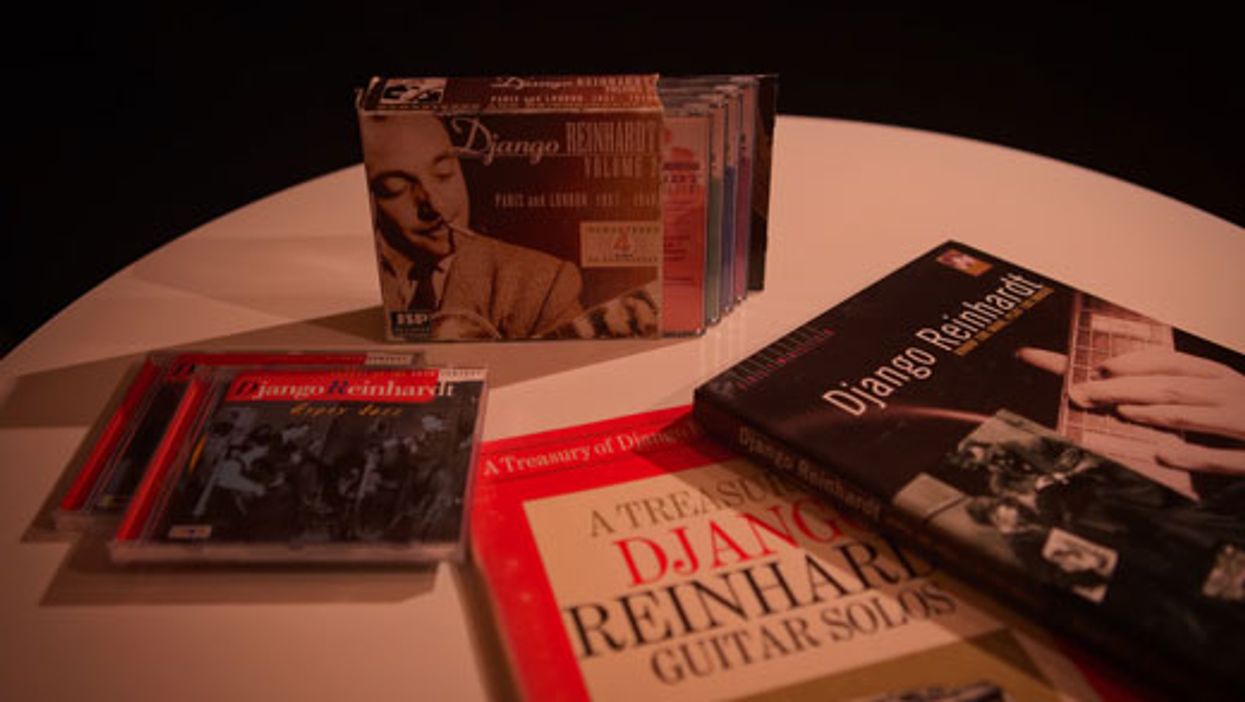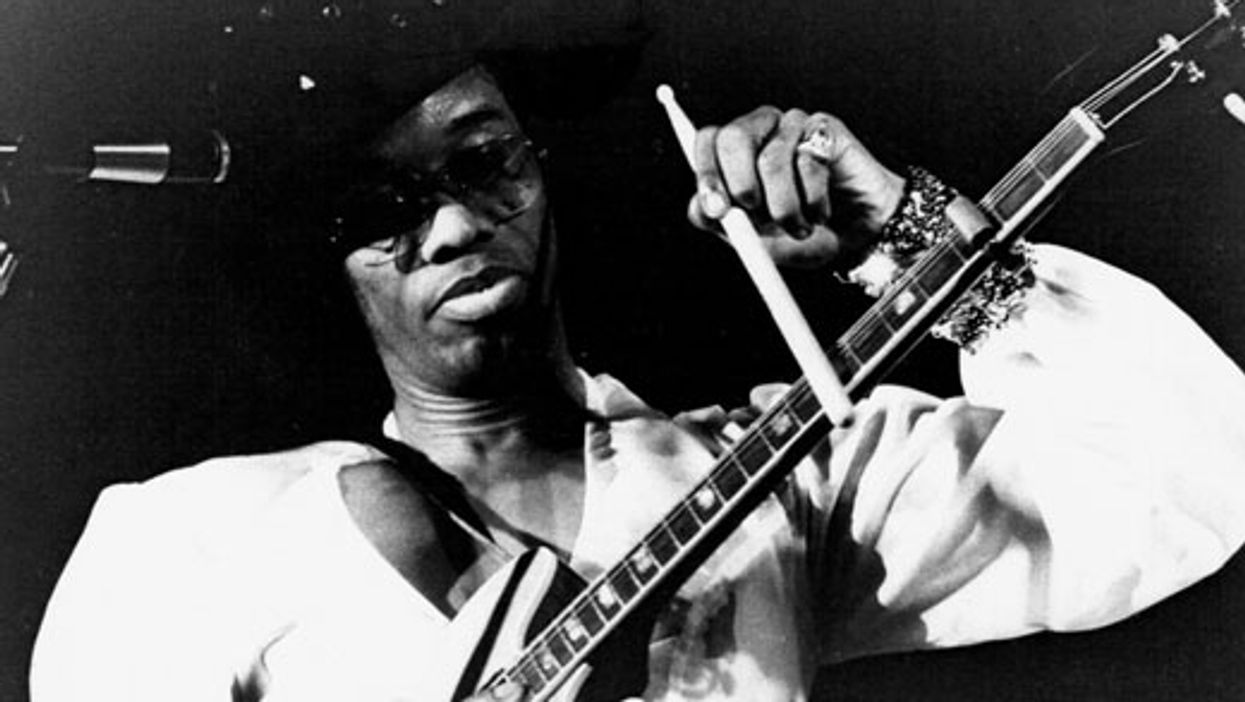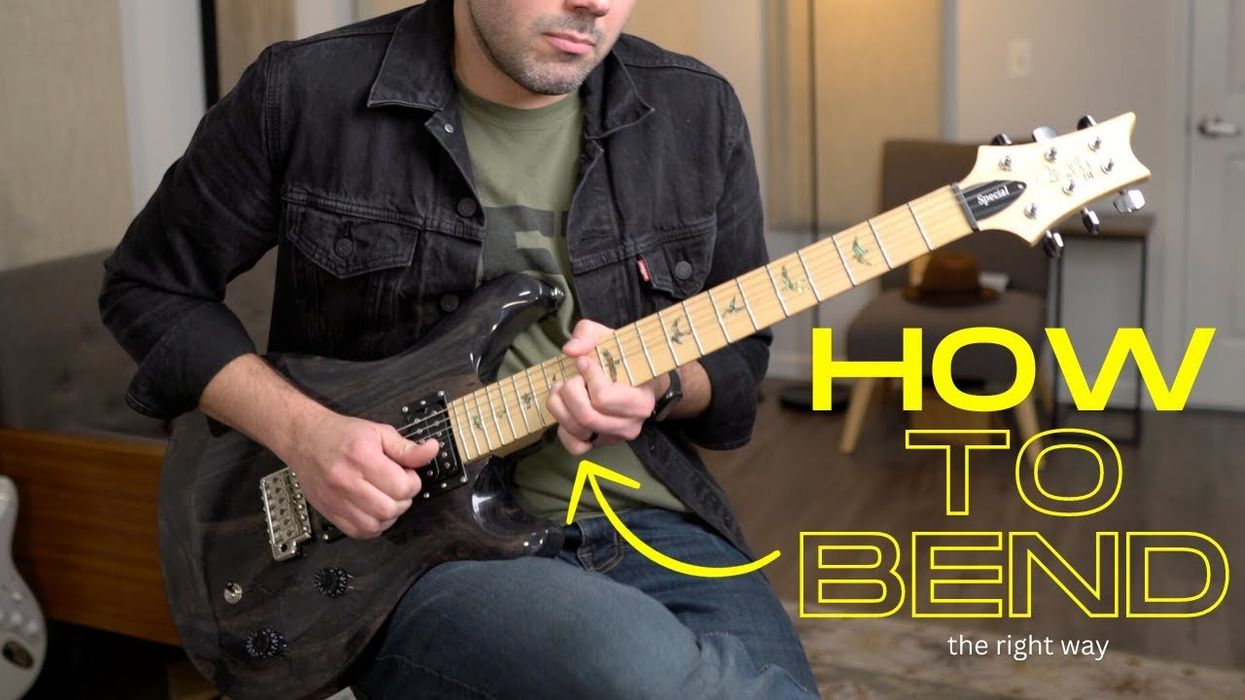Intermediate
Advanced
- Learn how to use diminished and altered sounds over a IV chord.
- Develop a better sense of voice leading.
- Understand the basics of connecting guide tones.
Let's talk about momentum. It's an essential part of any great solo, and when you're ripping over a 12-bar blues, the first spot to really demonstrate your mastery of the harmony is when the IV chord pops up. In this lesson, I'll demonstrate how to create some … fourward momentum … in your next solo.
Let's consider the first four measures of the I chord in a blues as a place of rest. Naturally, once we get to the IV chord in measure 5, we can still play our usual blues vocabulary, however that shift is a great place to add tension. Below are eight ways of adding this momentum using various harmonic devices.
It’s All About the 3 and 7
Before we start adding tensions from other harmonic sources, it is worth understanding where certain intervals within the I chord want to resolve. Doing so will help greatly when we take things to a more complex level. The defining intervals of any 7th chord are the 3 and 7. The 3 will tell you if it's major or minor and 7 will indicate if it's dominant. Simple as that. In Ex. 1 you can see how taking one note and moving economically through the changes helps create a melodic line. This small piece of visual awareness is huge. We will work backwards from these resolutions and create strong lines that weave from chord to chord.
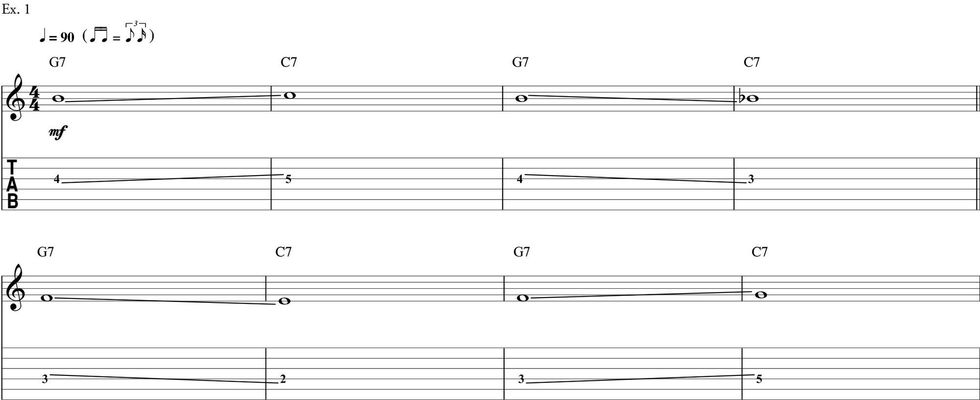
Walking Up to The IV Chord
Ex. 2 is a fleshed-out version of something you might hear from a bass player pushing towards the IV chord. As a bass line, you might hear the G walking up to the C by way of an A, then a passing note of Bb, and then a B before landing on C on beat 1. This melodic line sits on top of the G7–Cm6/G–Bbdim7–G7 while the bottom voice pedals a G. This gives a nice sense of movement on the top voices while the lower voice ties it together with the held G. We resolve to the root of the C7 in measure 2 before resuming our blues vocabulary over the IV chord.
Ex. 2
Slipping from a Half-Step Away
It is likely that within your comping vocabulary you will have heard a passing dominant chord a half-step above the destination chord. For example, a Db7 dropping to a C7. This usually occurs on beat 3 or 4 of the measure before C7. We can do the same thing with our lead lines (Ex. 3). On beat 3 I outline a Db7 arpeggio (Db–F–Ab–Cb) from the root on the 5th string. This then smoothly resolves down a half-step to the b7 of the C7.
Ex. 3
Superimposing a II-V
Harmonically, we can look at the relationship from the I chord to the IV chord in a couple of ways. One way is as a V–I in the key of C. Before we add any advanced harmonic tensions, one thing we can do is to substitute this with a IIm–V into the IV. This is common in a jazz blues. In Ex. 4, I start by outlining a Dm7 arpeggio (D–F–A–C) by hammering into the root at the 12th fret of the 5th string, then ascending through the arpeggio up to the b7 at the 13th fret on the 2nd string. It's important to be aware of your resolutions and voice leading across these changes so that they sound smooth.
Ex. 4
Let’s Get Diminished
Now that we have introduced the idea of the I chord functioning as a V of IV we can treat this like we would any other V chord. Next, we will turn the G7 into a G7b9. Before pondering options of which scale to use, let's look at what the notes of the chord would be. With the addition of the b9 this would give us G–B–D–F–Ab (R–3–5–b7–b9). If we ignore the root for a moment, we are left with a diminished 7 chord (B–D–F–Ab). Remember, any note can function as the root in a diminished 7 chord. In Ex. 5 I grab notes from this diminished arpeggio note pool and break them up rhythmically before sliding into the 5 of the C7 and hitting a few more chord tones to finish the phrase.
Ex. 5
Continuing with the concept of the G7 as a G7b9, we can use a half-whole diminished scale built from G (G–Ab–Bb–B–C#–D–E–F). You can see in Ex. 6 that I start with pentatonic vocabulary before introducing the diminished sounds in the fourth measure. This one is a little more scalar sounding and navigational as we are ascending through the diminished scale. I finish this transition with strong motivic phrasing over the C7 to bring the listener back in.
Ex. 6
We can keep playing with diminished sounds, but in Ex. 7 I take a more triadic approach. Within the G half-whole diminished we have four major triads: G (G–B–D), Bb (Bb–D–F), Db (Db–F–Ab), and E (E–G#–B). Due to the symmetrical nature of the scale, we can also pluck minor versions of those four triads as well. In this example, I mix these triads in measure 4 to create a melty John Scofield-esque sound to transition to the IV chord.
Ex. 7
What’s the Altered Scale?
Another idea is to fully alter the G7 to include any combination of b9, #9, b5 and #5. Doing this opens up the option of using the altered scale or Super Locrian scale (1–b2–b3–3–b5–b6–b7) to bring in all those tension tones that will be released upon arrival at the IV chord. After setting up a theme using the minor pentatonic scale in Ex. 8, I descend through the altered scale over measure 4 and resolve across the bar line into the C7. When using these kind of tense scales, it is important to aim for smooth voice leading into your destination chord. For further practice with this scale, take each tension note and see where it can smoothly resolve to the next chord.
Ex. 8
When approaching new sounds, it can often be a cool device to pick a couple of triads from a scale and craft melodic lines with more manageable material. In Ex. 9, I'm using a Db major triad and an Eb major triad over the G7. Those notes give us the 1, b9, #9, b5, b13, and b7. With these two triads we cover all the tensions within the altered scale. We are linking these two triads in different inversions to ascend across the fretboard before again resolving with good voice leading into the 5 of our C7.
Ex. 9
I hope these examples give you new ideas and possibilities when it comes to stepping up to take a solo on a 12-bar blues. The main things to focus on when adding any sort of tension and release mechanisms in your playing are strong, confident phrasing and good voice leading on the dismount. I would recommend isolating the parts within these examples and then coming up with your own entrances and exits on the more stable parts of the progression. After you get used to stepping out and back in again with the given examples, feel free to adapt these concepts into your own playing to spice up those solos. I have included an 8-measure looped backing track to practice over. Have fun!
||:G7 / / / |G7 / / / | G7 / / / |G7 / / / |
|C7 / / / |C7 / / / | G7 / / / |G7 / / / :||


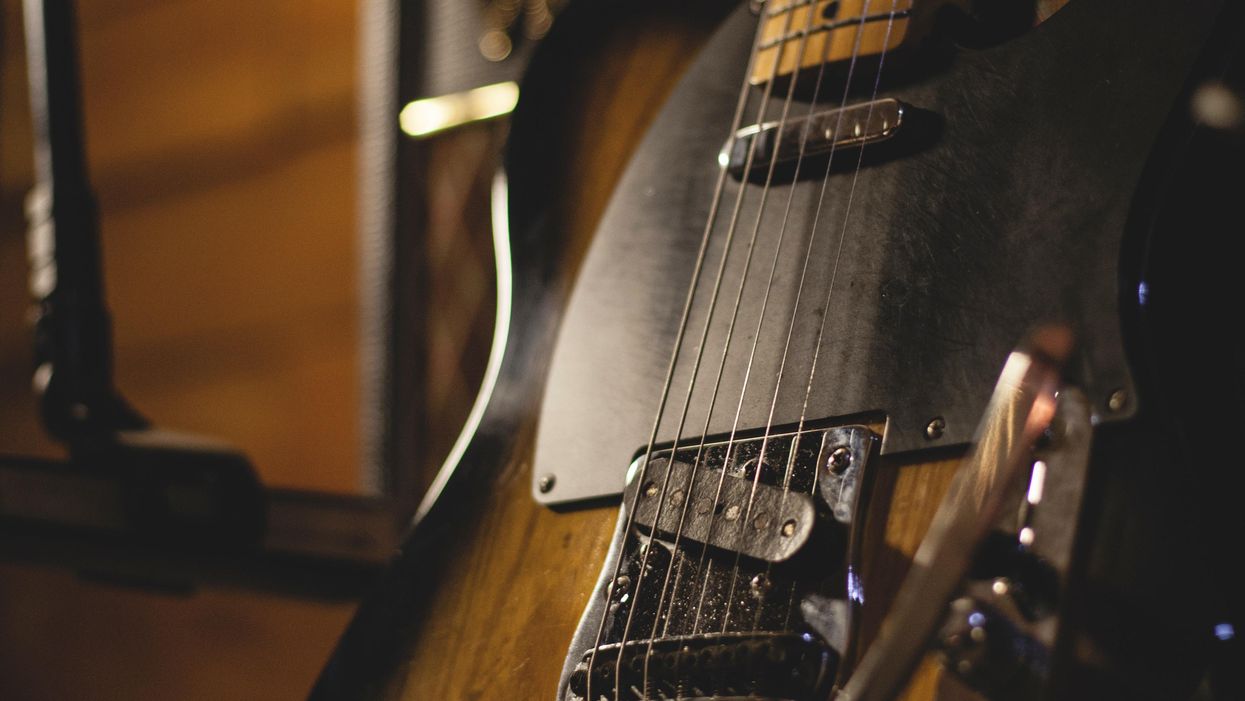

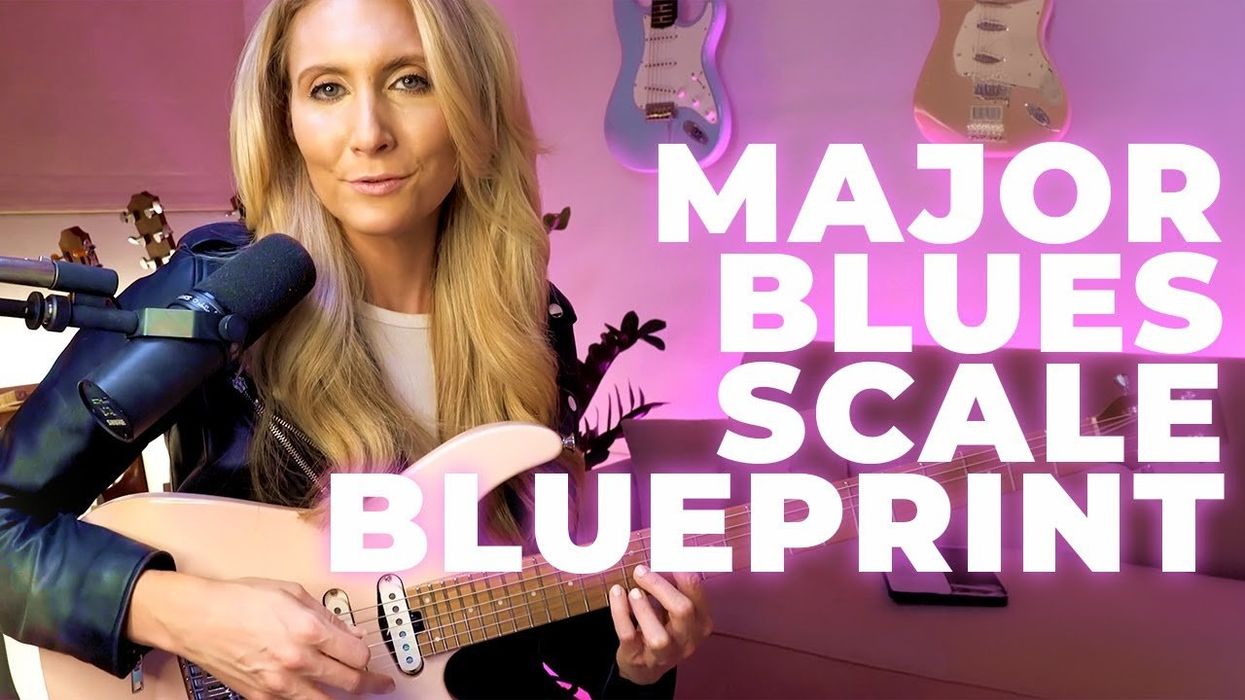

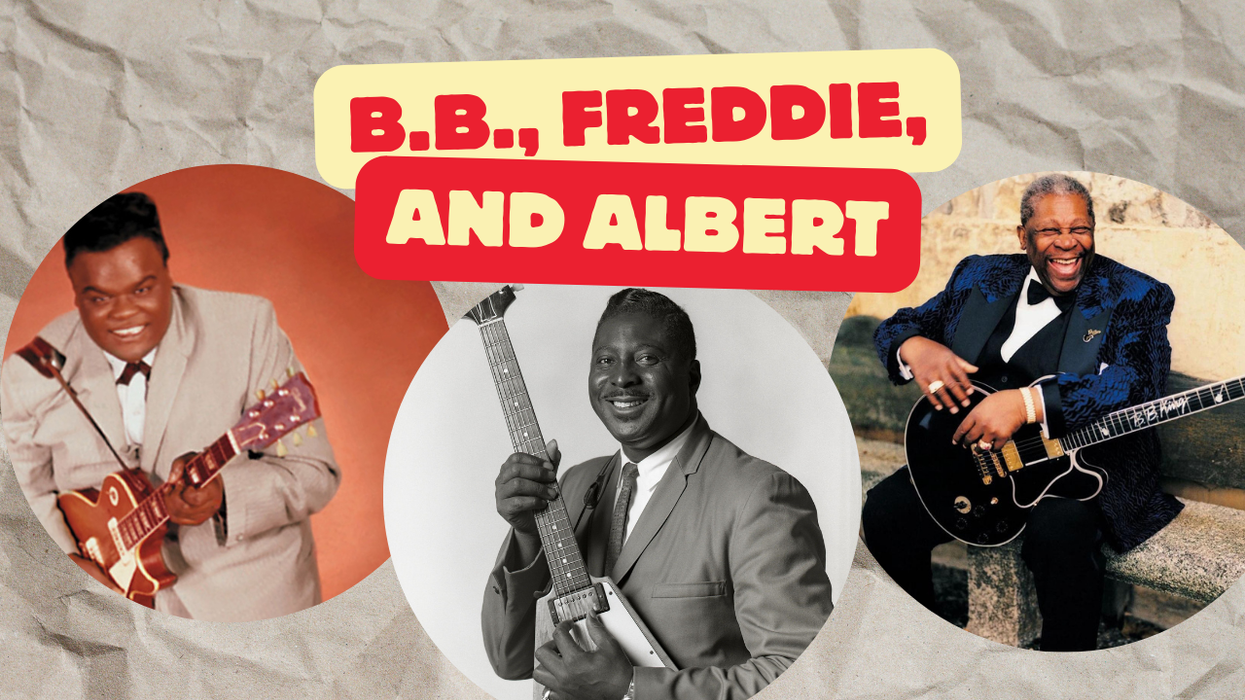

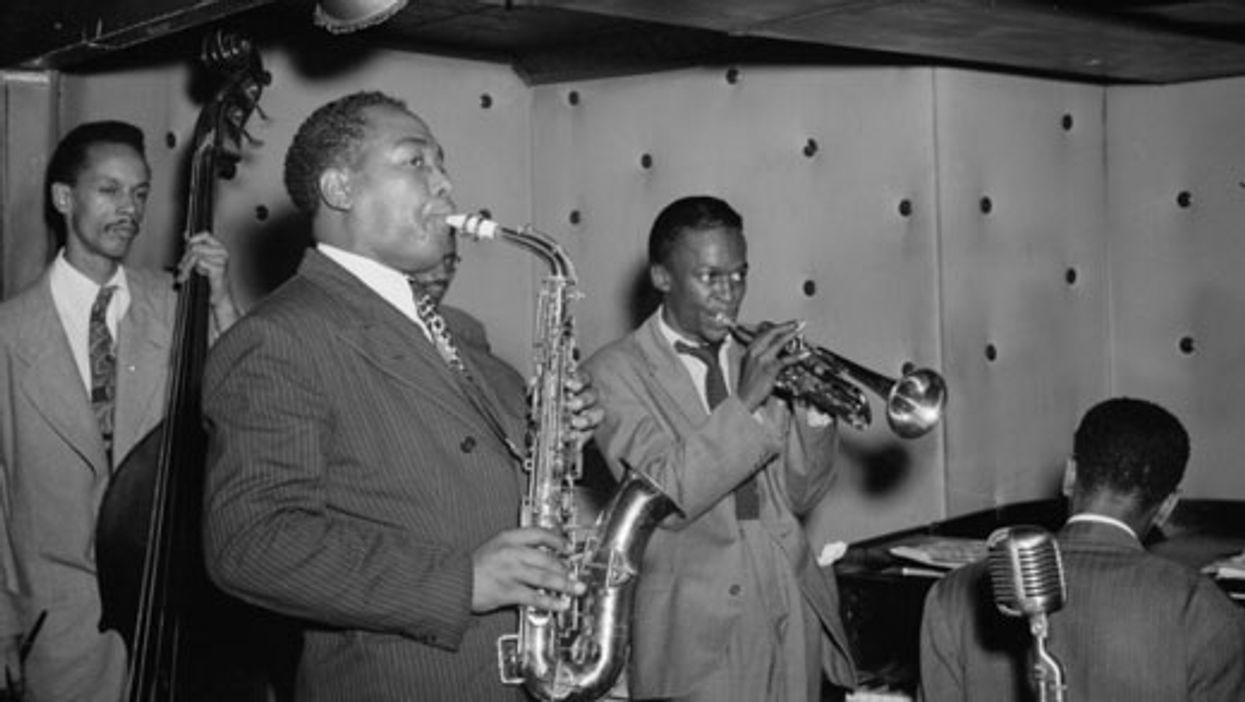
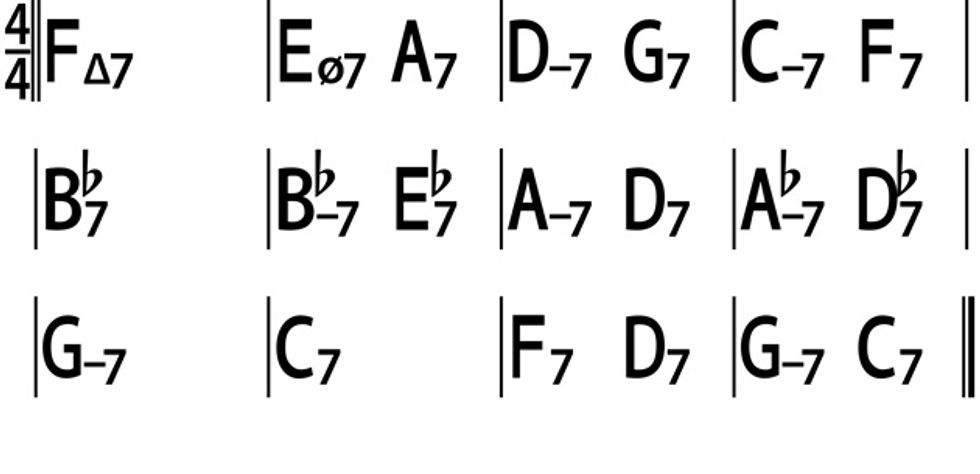




![Rig Rundown: Russian Circles’ Mike Sullivan [2025]](https://www.premierguitar.com/media-library/youtube.jpg?id=62303631&width=1245&height=700&quality=70&coordinates=0%2C0%2C0%2C0)

